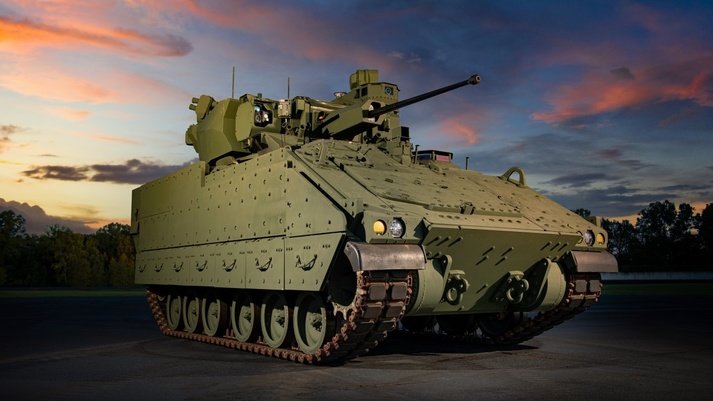Autonomy and electrification offer opportunities in US Army programmes
There is an increased interest in the integration of autonomous technologies onto existing land vehicles and future uncrewed ground vehicles. GlobalData ADS analyst Samrat Adepu reports.
Developments in artificial intelligence (AI), in combination with sensor and telecommunications technologies, will allow uncrewed ground vehicles (UGV) to handle complex scenarios in more contested and disruptive environments. Moreover, the expansion of data and open-source intelligence could allow UGVs to assist ground troops in future operations.
Remote weapon manufacturers are also integrating these AI technologies onto the weapon systems, according to the ongoing requirements from the platform manufacturers.
To achieve this, the companies are partnering with various technology providers to achieve advanced warfighting capabilities. For instance, BAE Systems has teamed with Elbit Systems to provide technology for its Optionally Manned Fighting Vehicle programme.
Opportunities for manufacturers
Planned and ongoing military land vehicle and UGV programmes can provide opportunities for major platform manufacturers and manufacturers of sub-systems such as EO/IR, vehicular armour and remote weapon stations.
For some of these programmes – given the size of the investment, length of contracts and the number of units involved – there are opportunities for companies to help maintain fleets, conceptualise and provide upgrades over the next decade.
The US Army’s need for a light reconnaissance vehicle to equip its infantry brigade combat teams and its plan to spend on the electrification of these vehicles is anticipated to drive funding for the electric light reconnaissance vehicle programme soon.
In addition to its advanced capabilities, the US Army is evaluating the possibility of replacing its existing M1 Abrams tanks with an uncrewed platform after 2025. Such goals will create various opportunities for companies to partner with the US Army.
To get multidomain integration, defence has to join as a whole, not as the army, the navy, air force and strategic command

The Royal Navy’s Carrier Strike Group epitomises sea power projection. Credit: MOD Crown Copyright
// Main image: BAE Systems is using its RB301 concept vehicle to demonstrate concepts for the OMFV programme. Credit: BAE Systems
Land